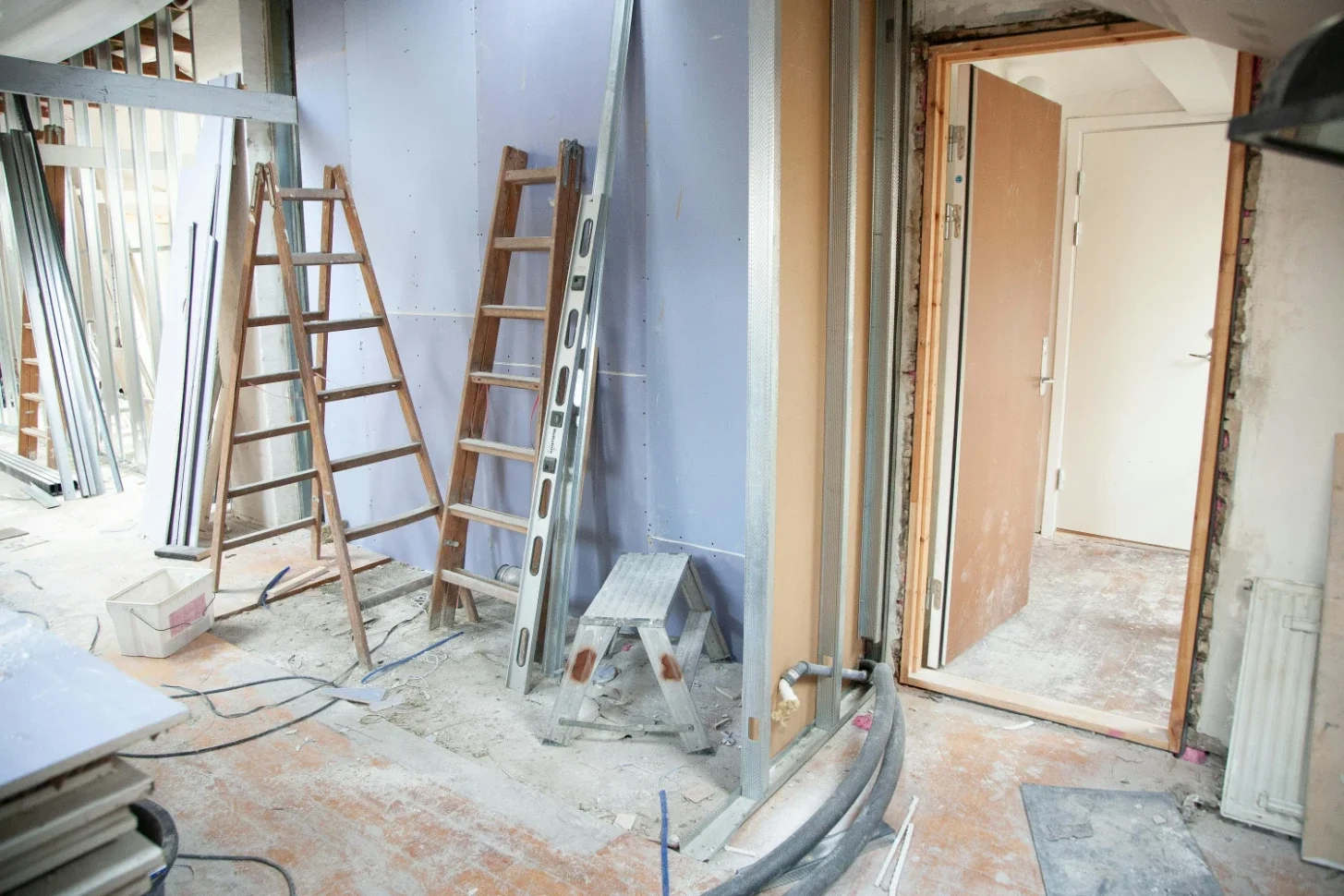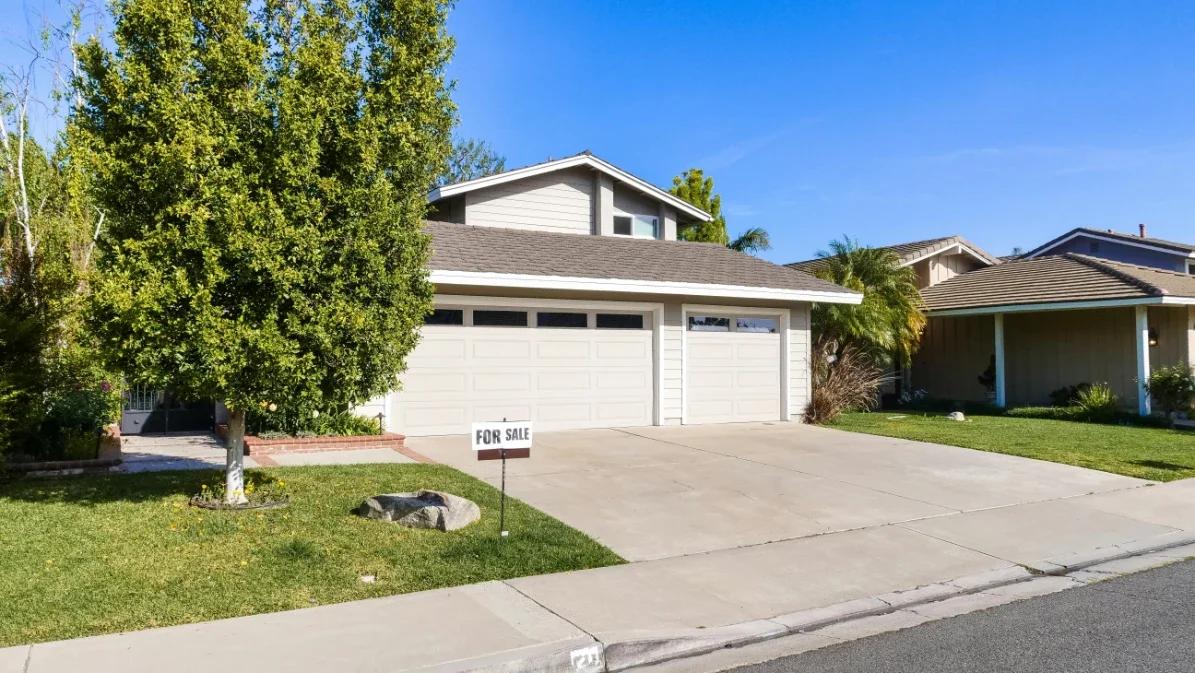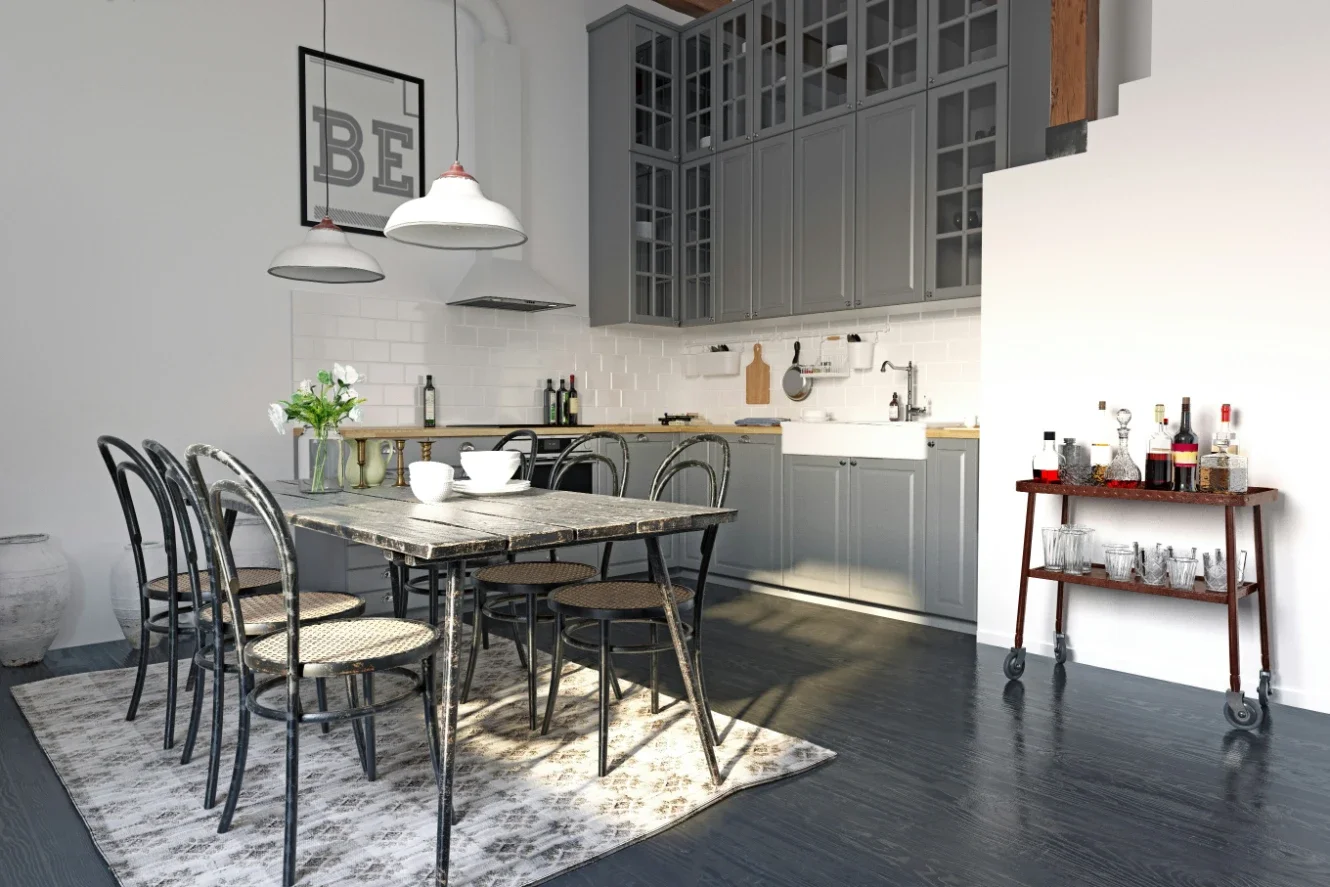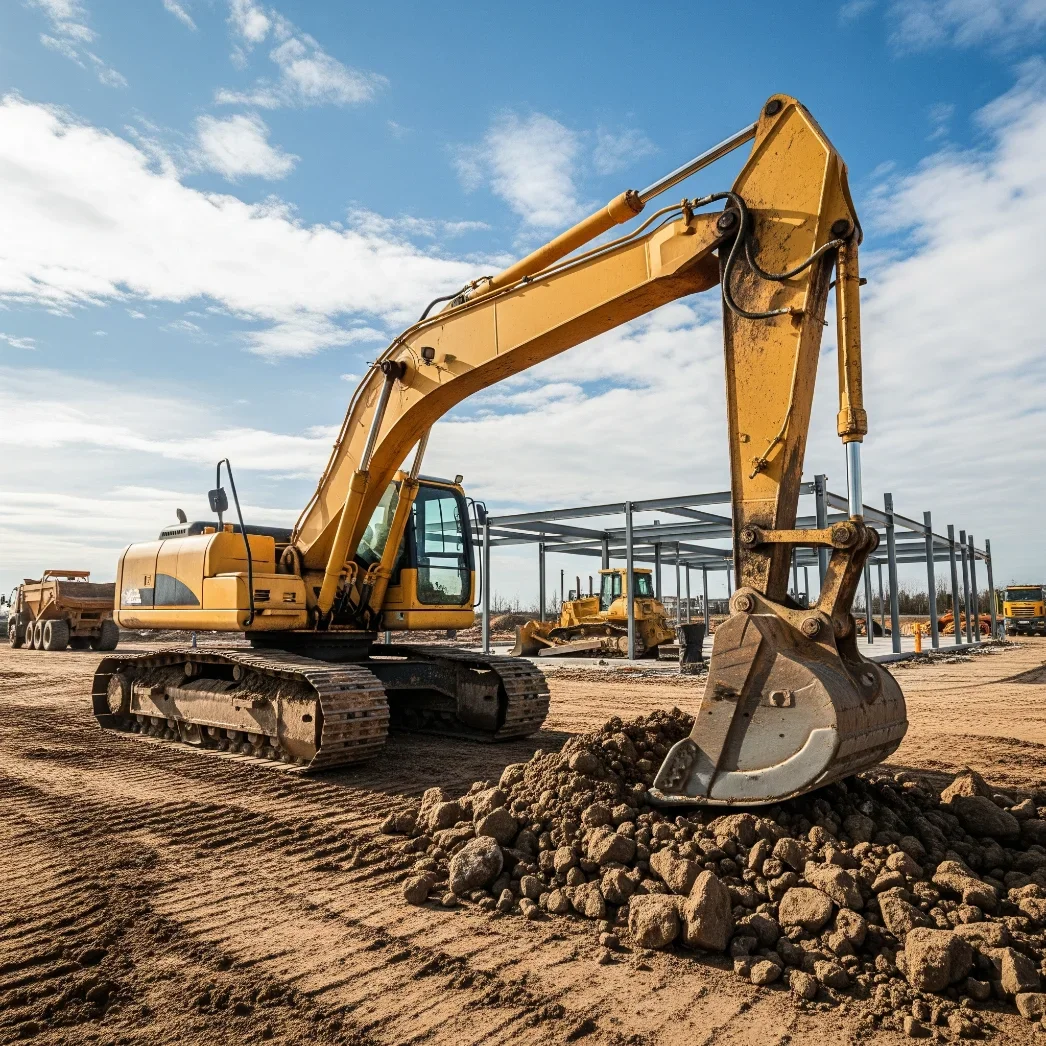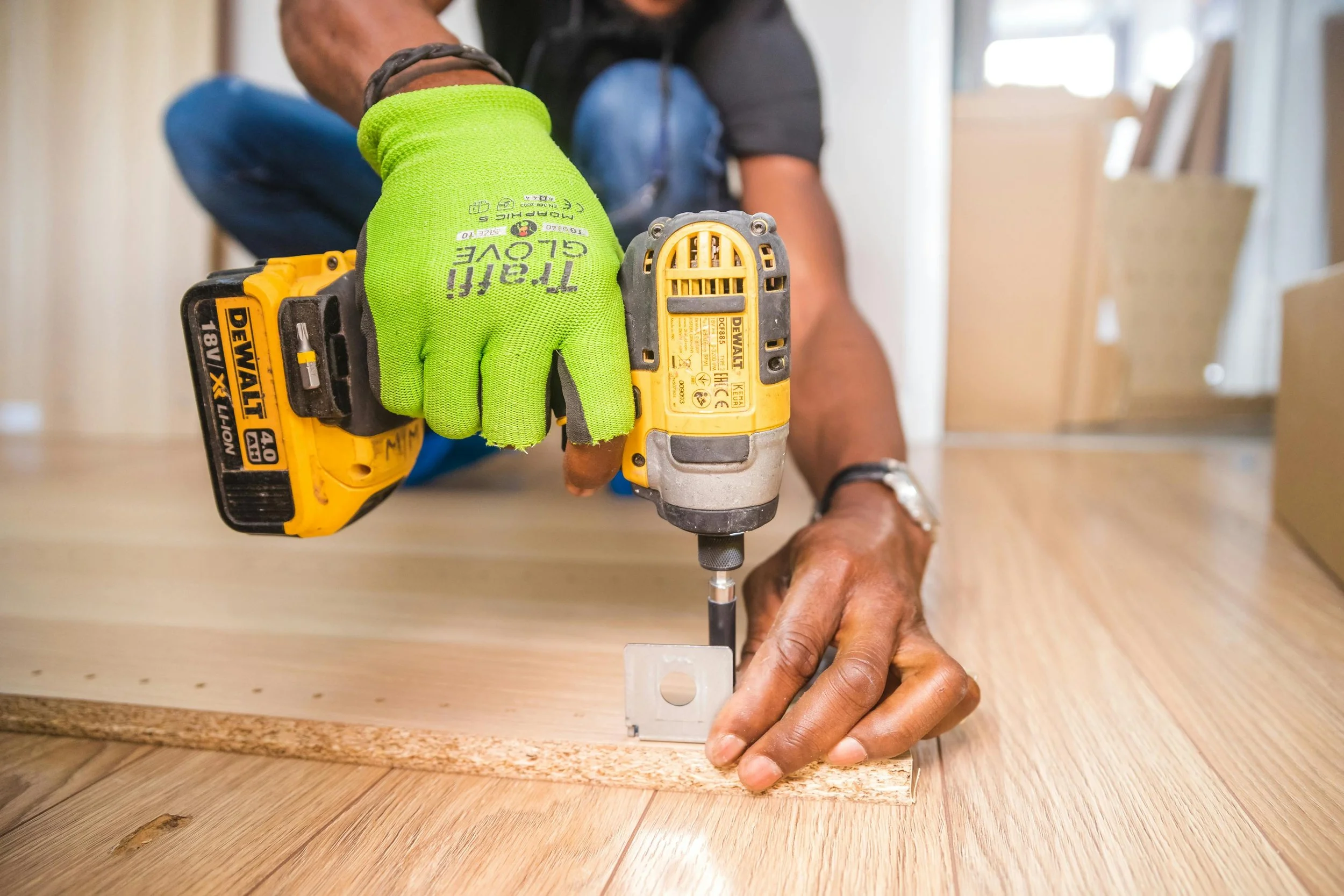The Smart Homeowner's Guide to Maximizing Every Square Foot of Your Property
Unlock your property's full potential with smart space-saving ideas, layout tips, and design strategies every modern homeowner should know.
Properties cost ridiculous amounts these days. Spending hundreds of thousands on land and structure, then leaving half the space unused or poorly utilized seems crazy. Yet most homeowners do exactly this without realizing the wasted potential sitting right under their noses.
Smart homeowners squeeze maximum value from every inch they own. Not through cramming stuff everywhere like hoarders, but through strategic planning that transforms underused areas into functional, profitable spaces. Working with experienced duplex home builders reveals possibilities that single-family thinking completely misses, turning ordinary properties into multi-functional assets generating income or accommodating extended families comfortably.
1. Vertical Space Gets Ignored Constantly
Most people think horizontally, forgetting about all that vertical space doing absolutely nothing useful. High ceilings look nice, but waste cubic footage that could become loft storage, elevated sleeping areas, or additional rooms through clever design.
Basements sit there holding junk nobody's looked at in years when they could become rentable apartments, home offices, gyms, or entertainment spaces, actually getting used daily instead of functioning as expensive storage units.
Attics collect dust and old Christmas decorations despite having the potential to become bedrooms, studios, or cozy reading nooks with proper insulation and access improvements costing way less than additions.
2. Outdoor Areas Sit There Looking Pretty
Backyards become lawn maintenance nightmares, providing minimal actual value beyond occasional barbecues. That space could generate rental income through accessory dwelling units, create outdoor living rooms extending usable square footage, or grow food, reducing grocery bills substantially.
Side yards typically get completely wasted as narrow passages nobody uses for anything meaningful. These strips could become storage solutions, dog runs, greenhouse spaces, or even narrow rental units in areas allowing creative interpretations of building codes.
Front yards mostly exist for curb appeal and wasted water keeping grass green. Converting portions to productive gardens, sitting areas, or additional parking creates actual utility instead of just visual blandness, requiring constant maintenance.
3. Rooms Serve Single Purposes Inefficiently
Dining rooms are essentially unused for dining save for around twice a month. To increase usage, these might be converted into home offices during the day and dining areas in the evening, saving valuable square footage on unused areas.
The guest bedrooms are left empty 350 days a year so that visitors can sleep on plush couch beds, freeing up complete rooms for regular activities like working out, hobbies, or working from home.
Unused formal sitting rooms are a waste of space that may be used for family gatherings, playrooms, or even rental units with separate doors.
4. Garages Store Junk Instead of Cars
Two-car garages typically hold zero cars and tons of accumulated stuff nobody needs or uses. Clearing these spaces creates workshops, home gyms, band practice rooms, or climate-controlled storage worth actual money.
Converting garages into living spaces adds substantial property value and utility, especially with proper permits and professional work ensuring conversions meet codes and don't create future selling problems. Sometimes all you need is an experienced electrician to set up proper electrical infrastructure to convert spaces into usable units.
Even keeping garages as garages but adding overhead storage, wall organization, and proper shelving reclaims floor space for actual parking while maintaining storage capacity through vertical organization.
Conclusion
Finding wasted vertical space, unused outdoor spaces, single-purpose rooms, and junk-filled garages that limit potential is essential to maximizing property value.
In addition to helping families, smart modifications turn common buildings into multipurpose assets that may even generate rental income or permit intergenerational living arrangements, which are more financially feasible in high-priced housing markets.

